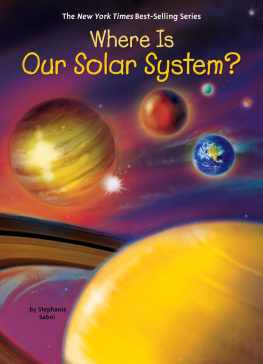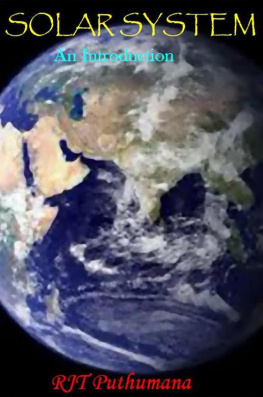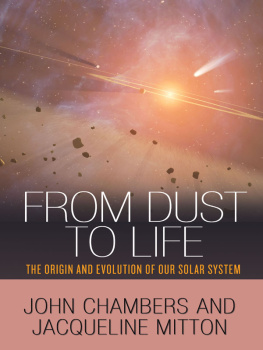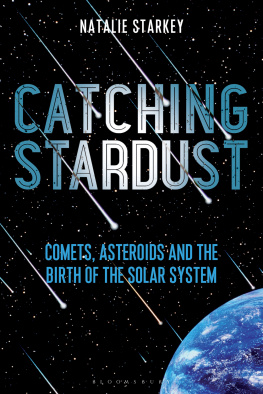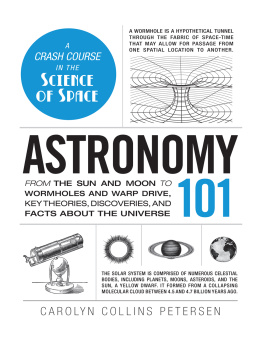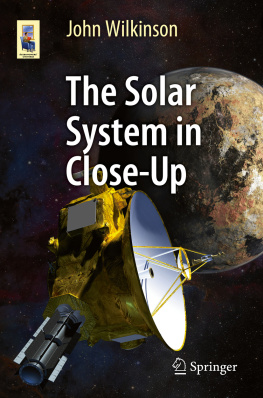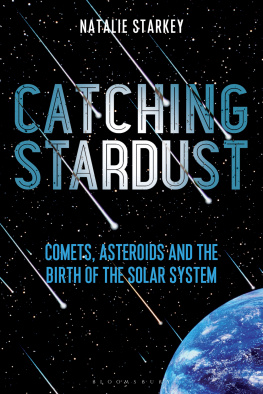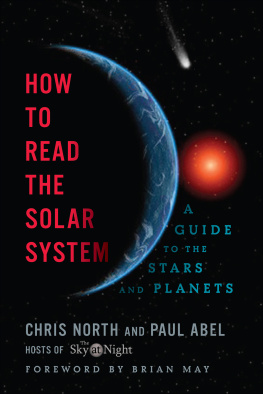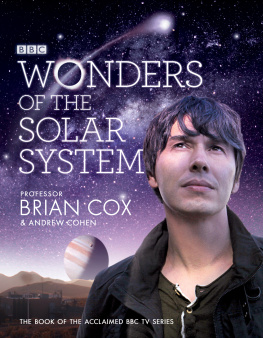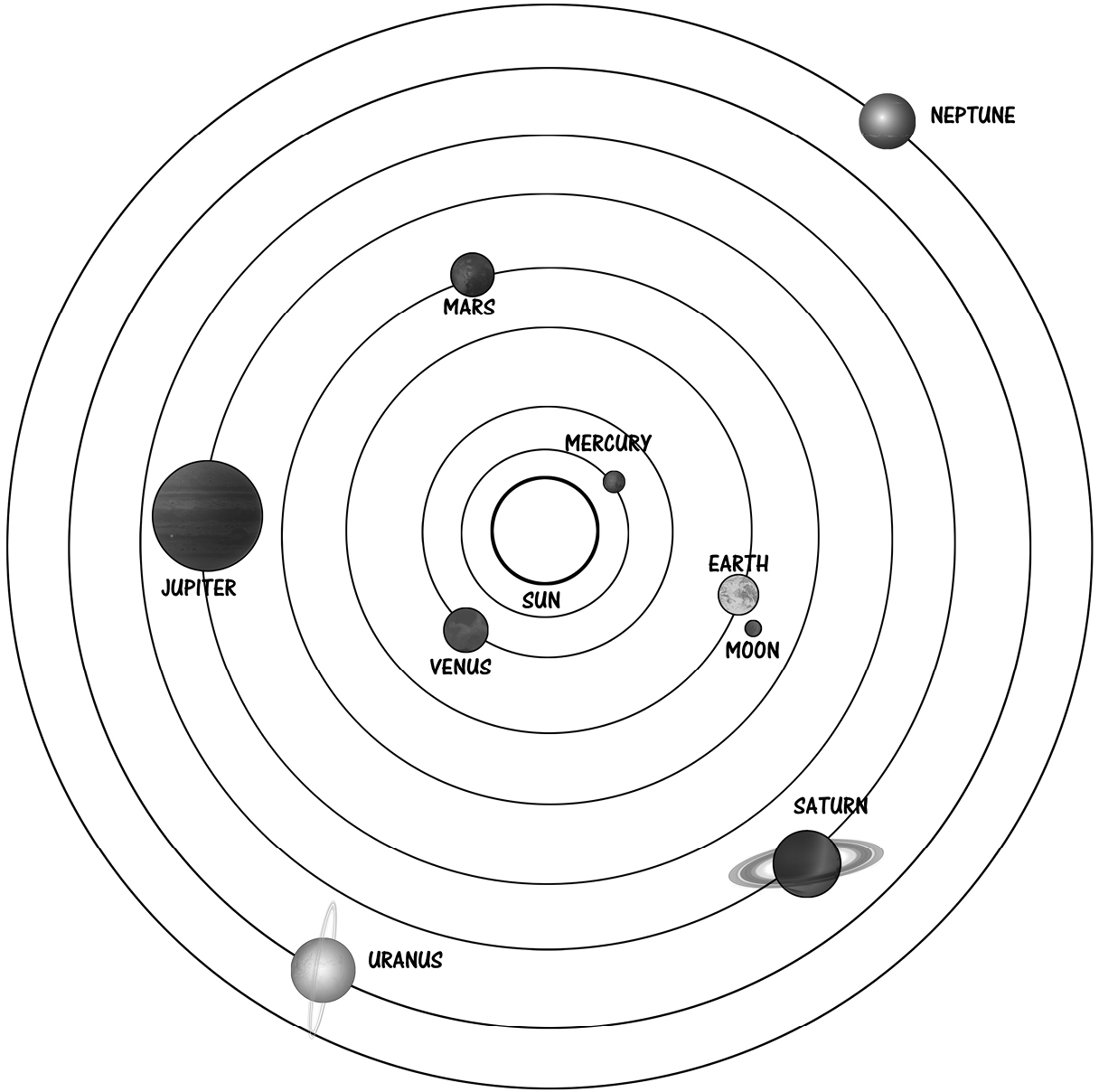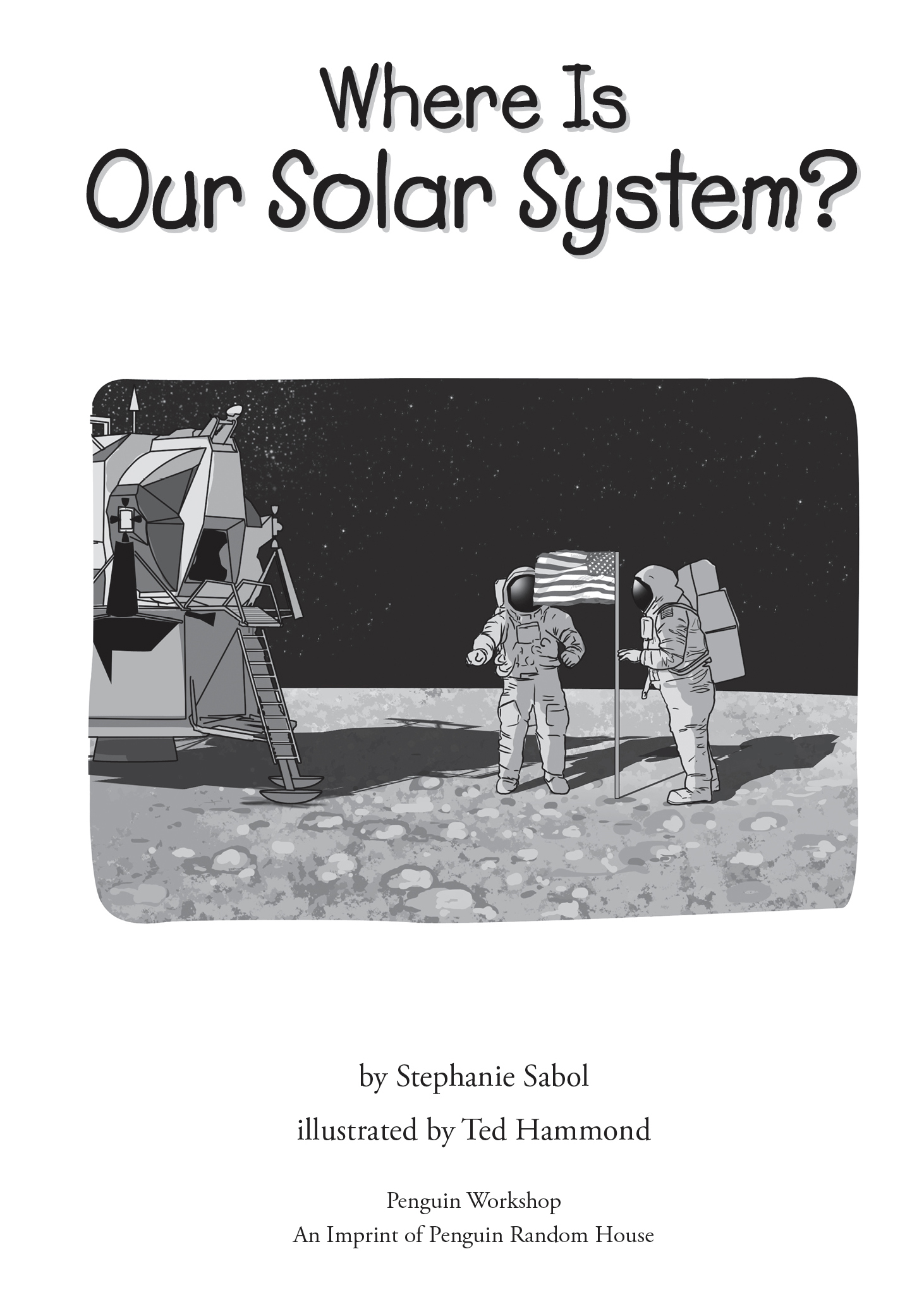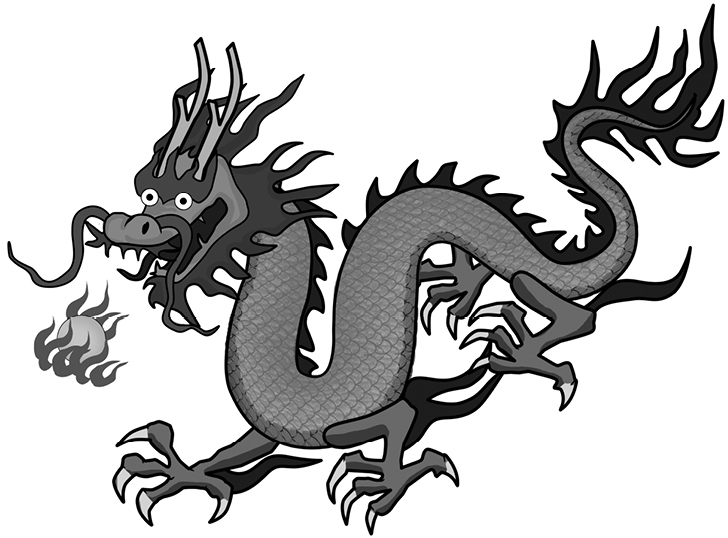For Molly and BennettSS
To my nephew, GarrettTH
PENGUIN WORKSHOP
Penguin Young Readers Group
An Imprint of Penguin Random House LLC

If you purchased this book without a cover, you should be aware that this book is stolen property. It was reported as unsold and destroyed to the publisher, and neither the author nor the publisher has received any payment for this stripped book.
Penguin supports copyright. Copyright fuels creativity, encourages diverse voices, promotes free speech, and creates a vibrant culture. Thank you for buying an authorized edition of this book and for complying with copyright laws by not reproducing, scanning, or distributing any part of it in any form without permission. You are supporting writers and allowing Penguin to continue to publish books for every reader.
The publisher does not have any control over and does not assume any responsibility for author or third-party websites or their content.
Copyright 2018 by Penguin Random House LLC. All rights reserved. Published by Penguin Workshop, an imprint of Penguin Random House LLC, 345 Hudson Street, New York, New York 10014. PENGUIN and PENGUIN WORKSHOP are trademarks of Penguin Books Ltd. WHO HQ & Design is a registered trademark of Penguin Random House LLC.
Library of Congress Cataloging-in-Publication Data is available.
ISBN 9780515158182 (paperback)
ISBN 9780515158205 (library binding)
ISBN 9780515158199 (ebook)
Version_1
Contents

Where Is Our Solar System?
Thousands of years ago in China, farmers were out in the field working. It had been a sunny day. But suddenly the sky began to darken. This wasnt just a cloudthe sun was disappearing! In a few minutes, the sky was completely dark. The farmers thought they knew what was happening. A dragon was eating the sun.
Quickly, they started to make noise. They chanted songs, beat drums, and banged pots and pans. They had to scare the dragon away. Then the sun would come back. Sure enough, in just a few minutes, it did. Making noise had worked, the farmers believed.
Today we know that a dragon wasnt trying to eat the sun. What those farmers in China saw was a total solar eclipse.
Every year and a half or so, the moon, which is always circling Earth, will get in between the sun and Earth. For a few minutes the moon blocks the sun completely. There is no sunlight.
However, in ancient times, the Chinese and other people didnt know the scientific reasons why certain events happened in the natural world. So they made up myths, or stories, to explain them.
The ancient Greeks believed that a group of superhuman gods and goddesses ruled the world. Each morning, one of the gods, Helios, drove a chariot up in the sky, pulling the sun behind him. This was the sunrise. In the evening, he drove back down again. That was the sunset.

Helios pulling the sun across the sky
The Mayans told stories about the moon. There was a moon goddess who fought with the sun, forcing it to go down into the underworld every night. That explained why the sun disappeared whenever the moon came out.
Because of astronomythe scientific study of objects in spacewe know there are no gods or dragons ruling over the heavens. We know that the sun is a stara star made of hot gas. Eight planets circle, or orbit, around it, along with comets and asteroids. This is what we call our solar system. And even though we have learned much about it, there are still many things we have yet to discover. The solar system is still a big, exciting mystery.
CHAPTER 1
Sky Watching
Although ancient people didnt understand why many things happened in their world, they were able to learn a lot just by observation. By looking. For instance, from watching the night sky, sailors realized that the position of stars acted like points on a map and helped them navigate their ships.
During the day, the changing position of the sun told the time. Hunters knew to move to new areas when the seasons changed. And farmers saw that certain crops grew better if they were planted during a certain phase of the moon.
The Changing Moon
Sometimes the moon looks like a circle. At other times, it looks like a crescent. Why does the moon change shape? Actually, the moon doesnt change shape. It only appears to. Over the course of a month, the moon reflects a different amount of light from the sun. Sometimes the sun lights up the whole moon. So we see all of it. Other times, its only partially lit. These changes are known as the phases of the moon.
Ancient people also noticed that while some stars seemed to stay fixed in the sky, others moved about. Early Greek stargazers gave these stars a special name: planetes, which means wanderer. (Its where we get the word planet.) They were able to see five planets with the naked eyeMercury, Venus, Mars, Jupiter, and Saturn.
Eventually, scientists in ancient Greece became more curious about the science behind the sun, moon, and planets. They wanted to understand why the planets moved, and why the moon seemed to change shape.
This led to the beginning of the science of astronomy.
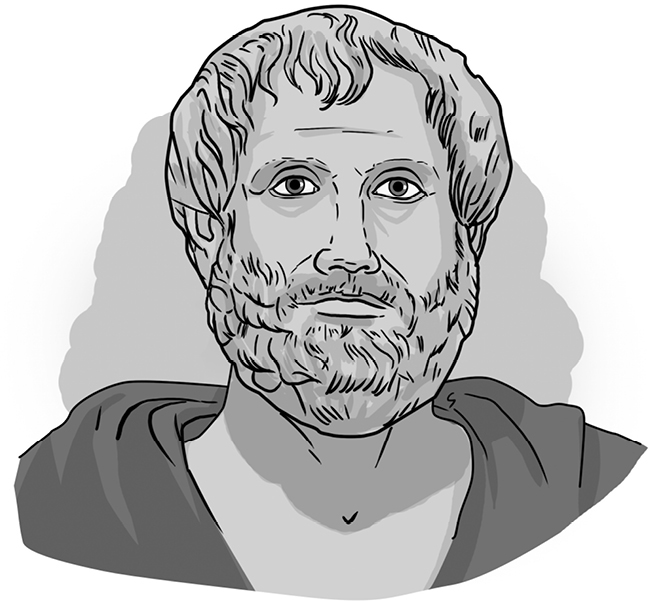
Aristotle
Aristotle was born in Greece about 2,400 years ago. He was a brilliant philosopher and teacher. A philosopher studies different ideas about the meaning of life and the natural world. Aristotle, who tutored the famous king Alexander the Great, was also an astronomer.
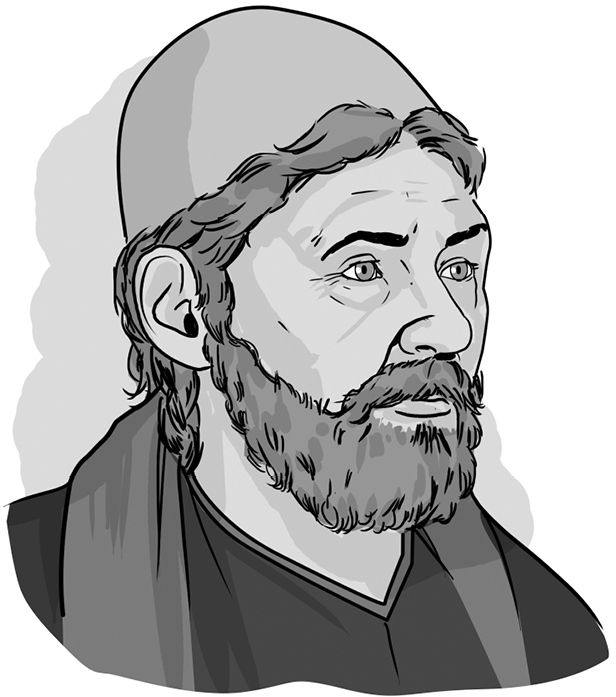
Ptolemy
Aristotle realized that the Earth was round. Up until then, people believed the Earth was flat. They thought that if they walked to its edge, they would fall right off. Aristotle proved that the Earth was actually a sphere. How did he know this? He observed that some stars could only be seen from certain places on Earth. If you traveled far away (say from Greece to southern Africa), the stars would no longer be visible. The only explanation for this was that the Earth was curved and made certain stars disappear from view.

